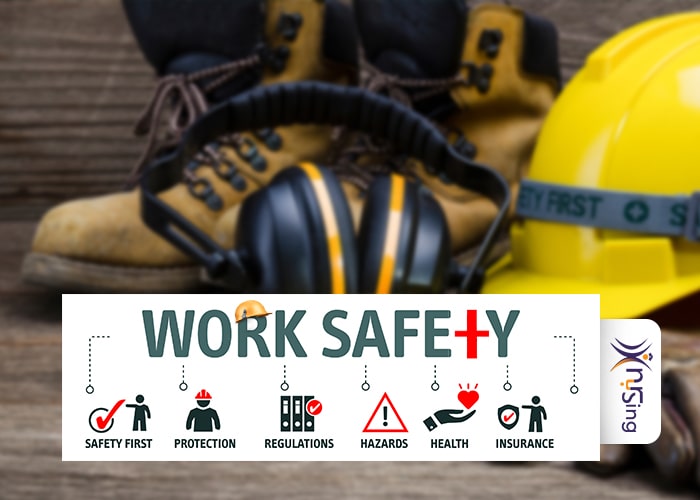Prioritizing employee health and safety has become a vital duty for enterprises across industries in today’s fast-paced and demanding work settings. Investing in comprehensive training in workplace health and safety is not only a legal obligation in many countries, but it is also a wise business decision. Such training activities ensure that employees have the knowledge and skills they need to recognize and mitigate possible dangers, reduce accidents, and promote a safer work environment overall. In this blog article, we will address the significance of occupational health and safety training as well as critical components that contribute to the effectiveness of training programs.
Recognizing the Value of Workplace Health and Safety Training:
Workplace health and safety training is essential for a variety of reasons. For starters, it safeguards employee’s health and safety by preventing injuries, diseases, and even fatalities. Second, a safe work environment boosts employee morale, motivation, and production. Third, prioritizing employee safety enhances reputation and attracts top talent.
Important Components of Training Programs for Workplace Health and Safety:
a. Assessment of risks and hazard identification:
Comprehensive risk assessment and hazard identification techniques are the foundation of effective training programs. This entails assessing the workplace environment, analyzing potential risks and hazards, and deciding on appropriate control measures. Employees should be trained to recognize hazards and report them to their supervisors as soon as possible.
b. Regulation and Standard Compliance:
Workplace health and safety training should be following applicable local, national, and international legislation and standards. This ensures that employees are aware of their rights, responsibilities, and their employers’ legal obligations. Emergency procedures, personal protective equipment (PPE), and applicable safety regulations should all be covered in training sessions.
c. Engaging and empowering employees:
Employee participation in the training process is essential for its effectiveness. Interactive discussions, seminars, and simulations can offer practical learning opportunities and promote engagement. Involving workers in the creation and evaluation of safety rules and procedures also encourages a sense of ownership and accountability.
d. Ongoing Instruction and Review Sessions:
Instead of being a one-time event, workplace health and safety training should be a continuous activity. Regular review sessions aid in the reinforcement of knowledge, keep staff members updated on new rules or processes, and address new risks or difficulties. Regular training sessions guarantee that workers keep informed and cautious about safety procedures.
Benefits of Workplace Health and Safety Training
a. Accident Prevention: Training gives workers the ability to spot potential hazards and take appropriate action, which lowers the risk of mishaps and injuries.
b. Increased Productivity: A safe workplace fosters employee engagement and morale, which raises output and efficiency.
c. Cost reduction: By reducing accidents and injuries, businesses can save money on costly medical bills, legal fees, and compensation claims.
d. Compliance and Reputation: Adhering to these rules improves a company’s reputation by encouraging trust among stakeholders, including clients and employees.
A strong emphasis on workplace health and safety can enhance productivity, employee satisfaction, and the performance of the organization as a whole. By making the health and safety of their employees a primary priority, businesses can foster an environment where employee’s needs come first. NRS Nursing offers workplace health and safety training to a variety of businesses, organizations, schools, and colleges. They are a top-rated, professionally certified training company with excellent instructors and thorough training sessions. Along with the above, they also provide nursing Job opportunities in both Nepal and abroad.




